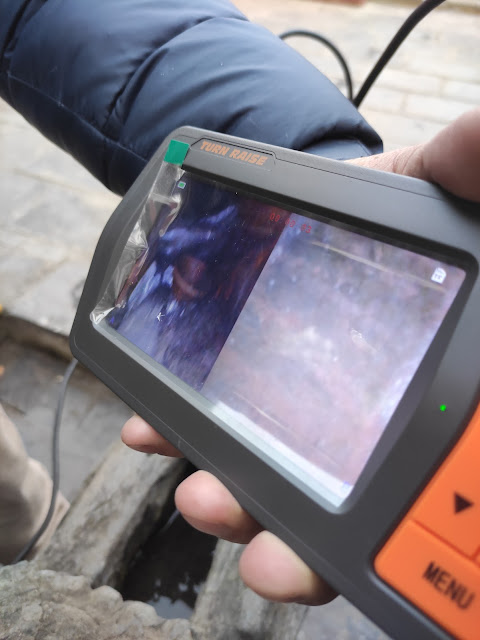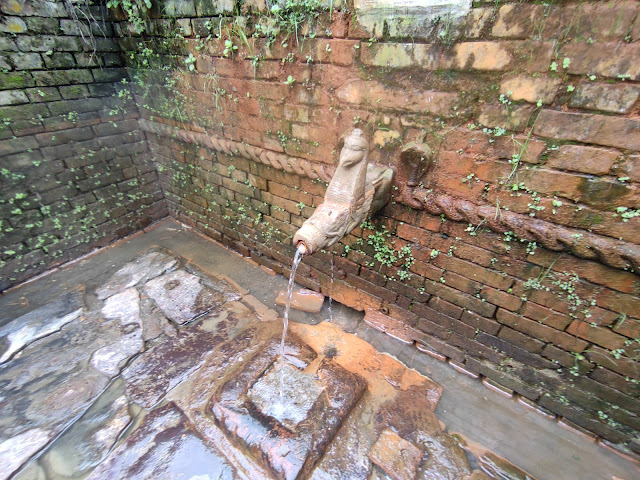Pipe Endoscopy - CCO Continues to explore usage of technology in heritage preservation
Chiva Chaitya Organization continues to explore the possibility of usage of technologies in heritage preservation. Here we can see a team from CCO looking inside a Hiti for blockages. New tools like GPR and endoscopy will be added to the arsenal for heritage preservation. These are non-invasive tools, which CCO hopes will help in long term and sustainable conservation of ancient Hiti System of Kathmandu Valley.
The Hiti system, an ancient water management network in Kathmandu Valley, reflects Newar ingenuity, sustaining communities with water and cultural heritage.
The preservation of hiti systems, the traditional stone spouts of the Kathmandu Valley, faces significant challenges due to their underground infrastructure. These ancient water systems rely on a network of subterranean canals, reservoirs, and natural springs that are highly vulnerable to urbanization, construction activities, and land use changes. Encroachment and unregulated development often disrupt or block these underground channels, leading to the drying up of water sources and path/conduits. Furthermore, the lack of detailed mapping and documentation of these systems makes their maintenance and restoration complex. Pollution from modern drainage systems and inadequate waste management also pose severe risks to the purity of hiti water. Addressing these challenges requires a multidisciplinary approach, combining traditional knowledge with modern engineering and sustainable urban planning to ensure the survival of this critical element of the Valley's cultural and ecological heritage.
Application of technologies like Ground Penetrating Radar (GPR) and pipe endoscopy offers innovative solutions to address the challenges in preserving the hiti systems of the Kathmandu Valley. GPR, a non-invasive geophysical tool, is particularly beneficial for mapping the intricate underground channels and reservoirs that supply water to these traditional stone spouts. By sending electromagnetic signals into the ground and analyzing the reflected waves, GPR can detect subsurface features such as buried pipelines, blockages, and cavities without disturbing the terrain. This technology allows preservationists to visualize the extent of the hiti network, identify areas of damage or disconnection, and plan restoration efforts with precision. It also helps avoid accidental damage during urban construction, ensuring that these historical water systems remain intact.
Pipe endoscopy complements GPR by providing direct visual access to the interior of the underground channels and pipelines connected to the hiti systems. Using small, flexible cameras, this method allows for the inspection of narrow and hard-to-reach sections of the network. Endoscopic surveys can identify specific issues such as sediment buildup, root intrusion, or structural damage that may impede water flow. This detailed assessment facilitates targeted interventions, reducing the need for large-scale excavations that could disturb the surrounding heritage sites. Together, GPR and pipe endoscopy enable a comprehensive understanding of the hiti systems’ condition, offering sustainable solutions for their restoration and long-term preservation while respecting the cultural and historical integrity of the Kathmandu Valley.







Comments
Post a Comment